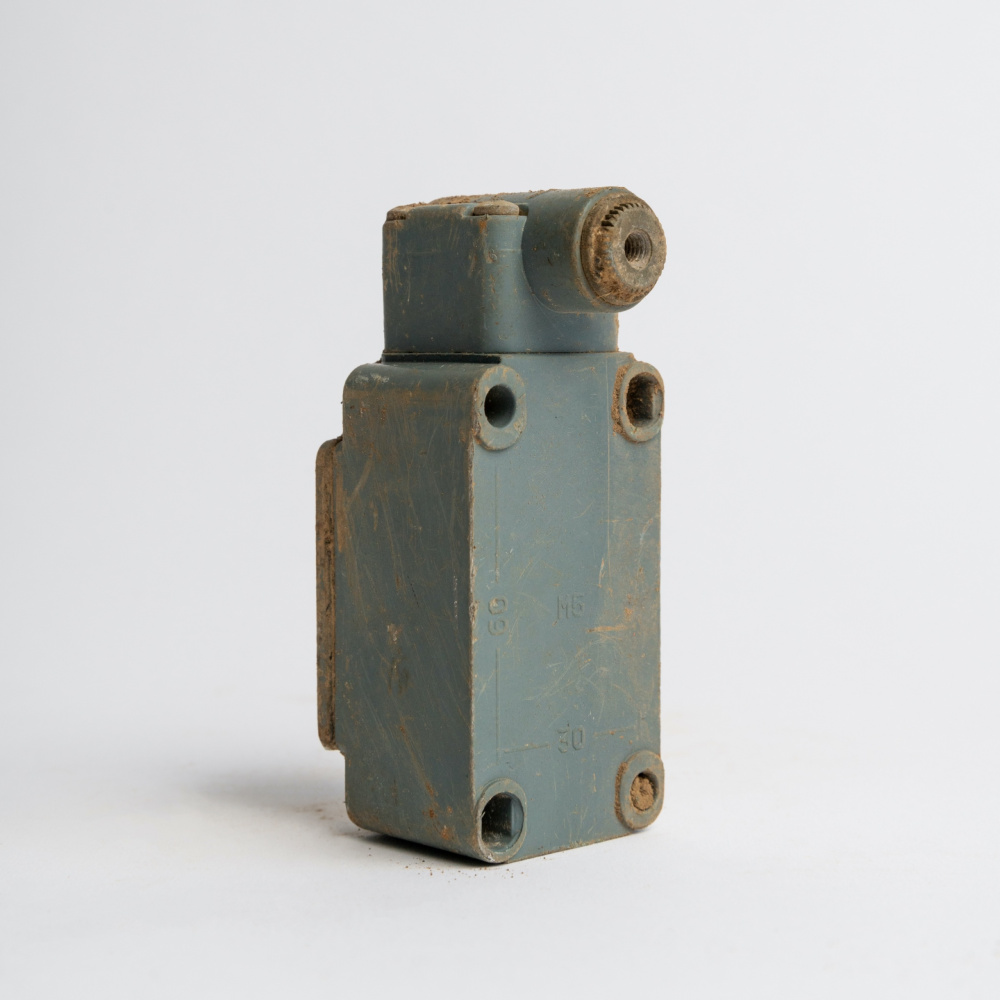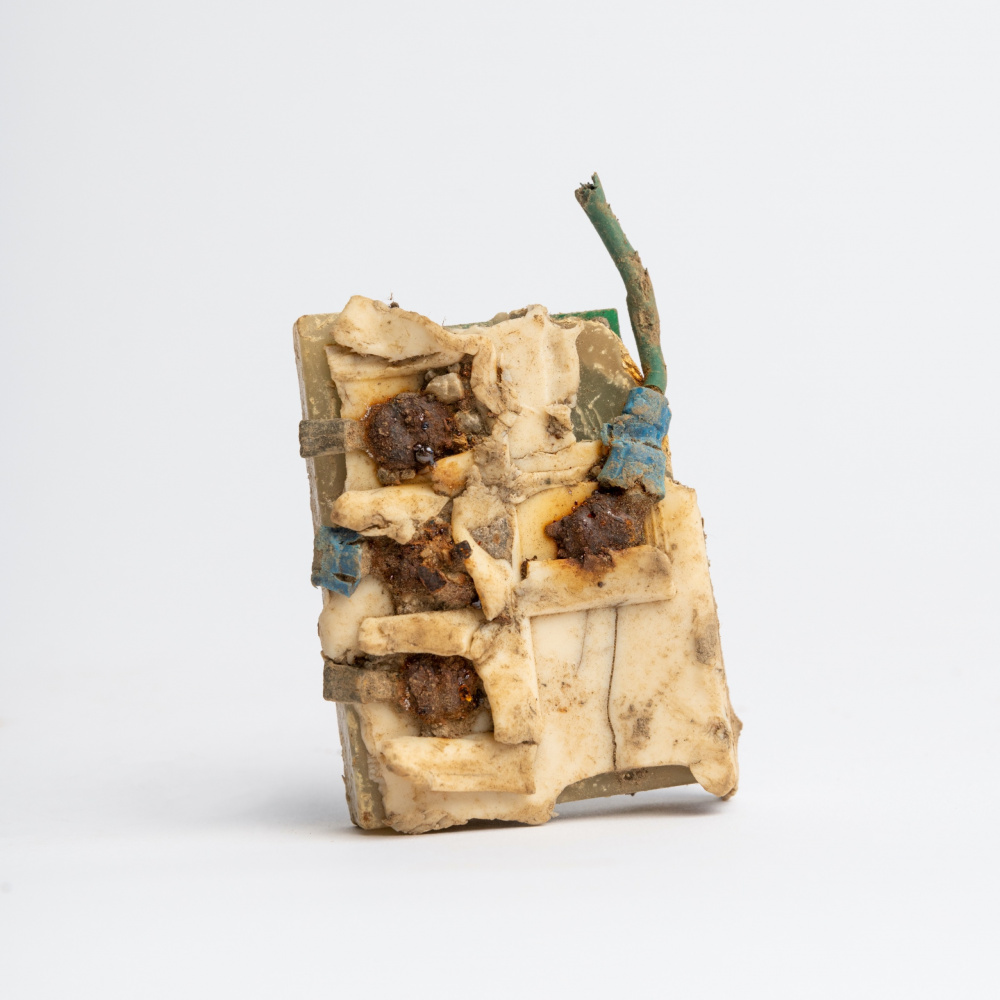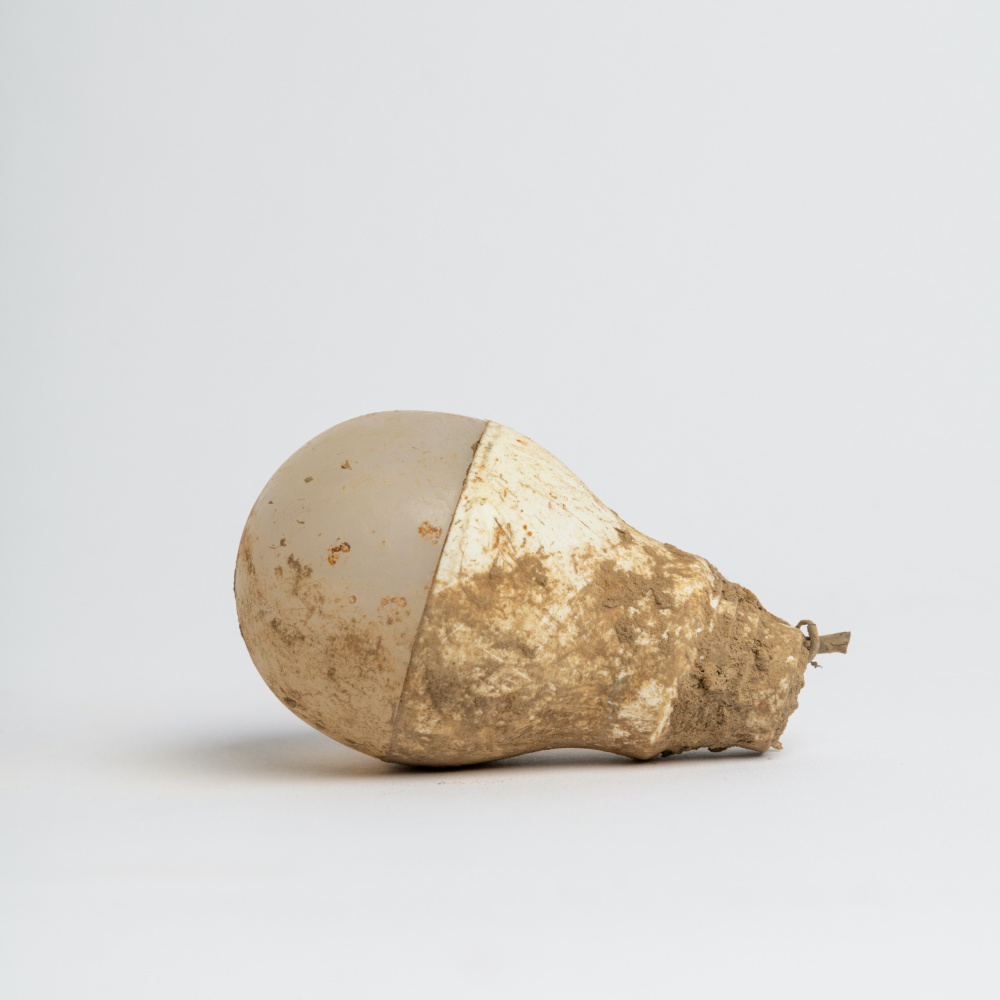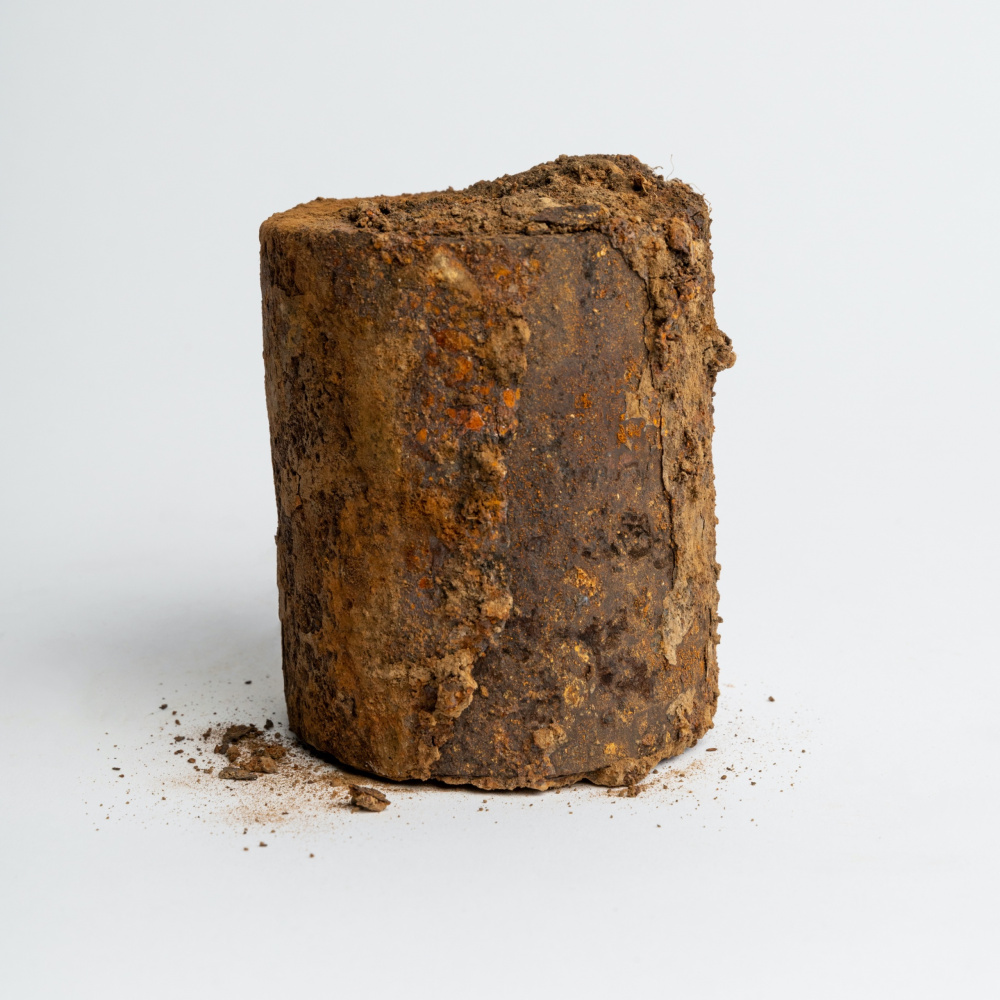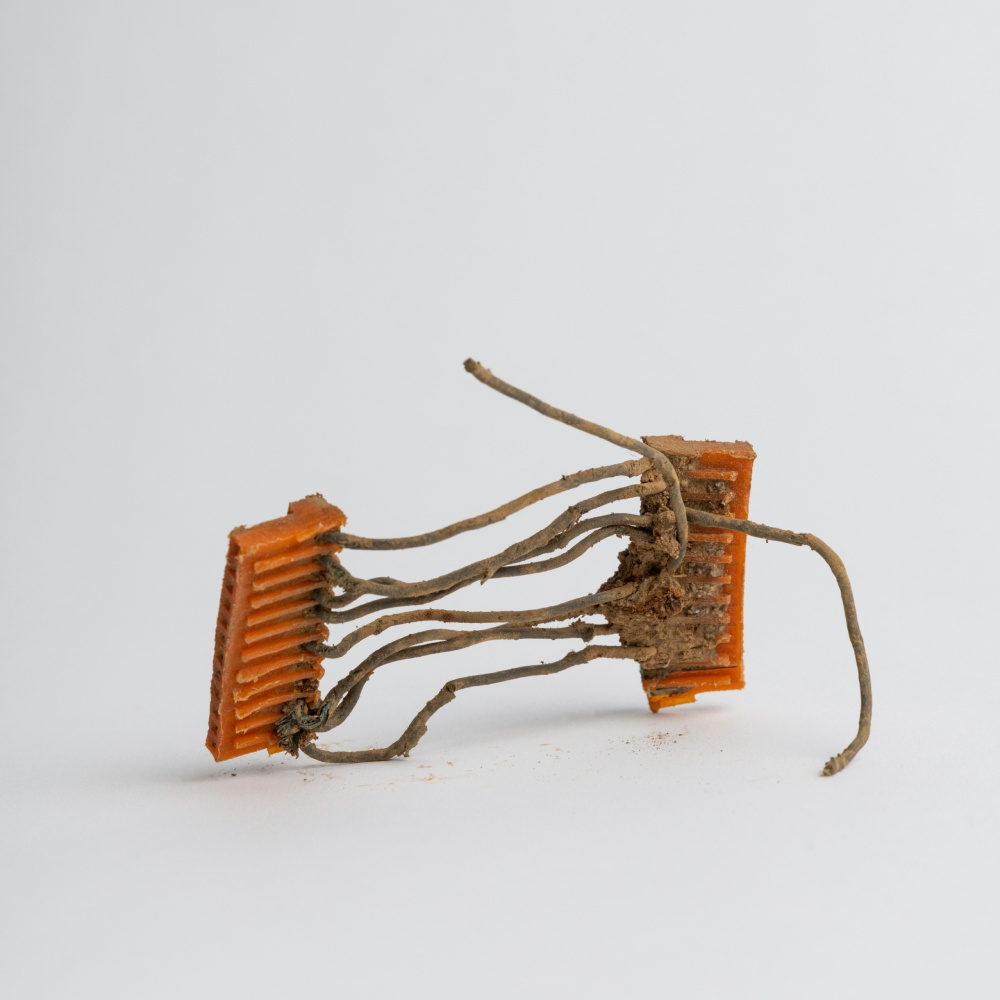130
In July 2019, we began photographing one of the largest infrastructure projects in Toronto’s history, Waterfront Toronto’s Port Lands Flood Protection project. Although the sheer scope of our five-year commission was a little overwhelming, we began with great enthusiasm, being well aware of the significance of the documentation both to our city’s history and its future.
We started by surveying photographically the 200-hectare construction site and immediately noted the speed with which many of the now vacant industrial buildings on the site were being taken down to make way for the new river and park. It is also fair to say that many of these structures were not memorable from any architectural perspective other than the most utilitarian. At the same time, other industrial sites there, such as the cement silos at the intersection of Cherry and Villiers Streets, were being retained through official heritage designation and will therefore inevitably represent the “memory” of this area’s industrial past.
One building in particular, taken down in January 2020, struck us as having a more unique presence than the others.

130 Commissioners Street, a mid-twentieth century construction, was home to Cooper’s Iron & Metal recycling facility in Toronto’s Port Lands from 1972.
1. Vacant
After operating at 130 Commissioners for nearly 50 years, Cooper’s Iron & Metal closed the doors of its Port Lands location for good on July 31, 2019.







It’s not until we stepped into what we called the “Great Hall” that we truly realized the imposing scale of the building’s interior. We couldn’t help but imagine the many people, machines and piles of scrap metal that inhabited the space for decades.

The spaces throughout 130 Commissioners felt as if they had been abandoned decades ago, but in reality it had been a matter of a few months, something that astounded us given what we found.







3. Abatement
In late 2019, abatement and preparation for the demolition process began on the site, which had lain dormant for about five months.




4. Dismantle
After the smaller adjacent buildings were demolished the “Great Hall” was essentially cut into two and each half was brought down separately, the south end first.





The demolition process was carried out with laser precision, which surprised us. We witnessed moments of brute violence, but also ones of strange beauty as the building was methodically dismantled.
The demolition of 130 Commissioners St is ultimately only a small part of the much larger project. However, working on documenting it so closely, and over an extended period, has allowed us to meet and photograph a cross-section of the diverse workforce on site.



Produced by Waterfront Toronto & Scotiabank CONTACT Photography Festival.
For more information on the larger construction project visit: www.portlandsto.ca




























